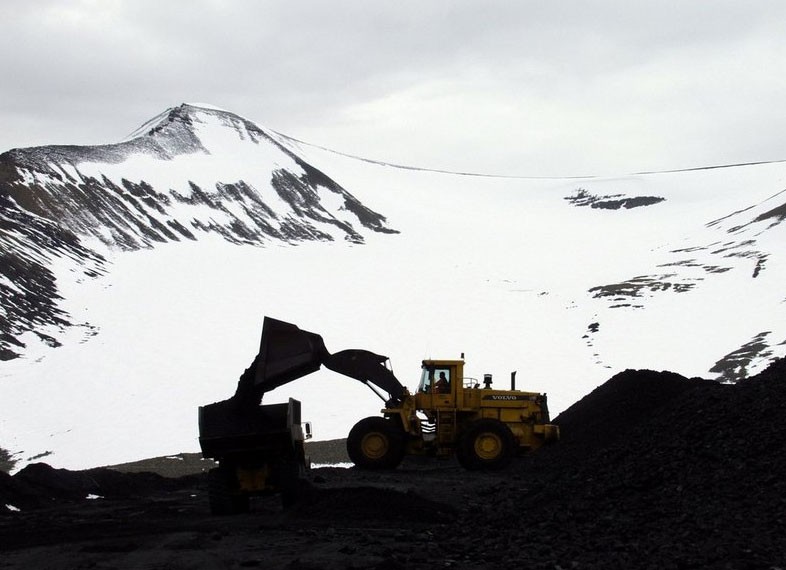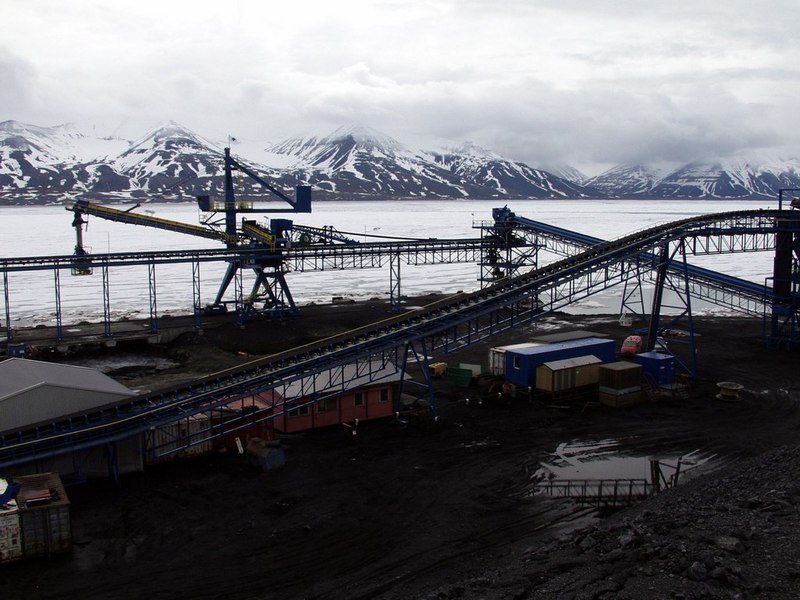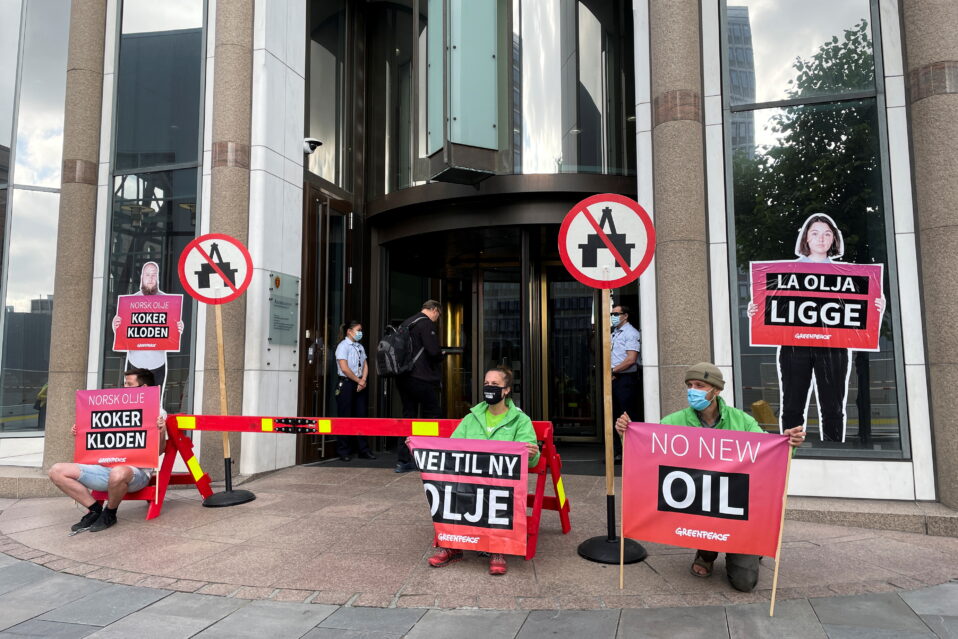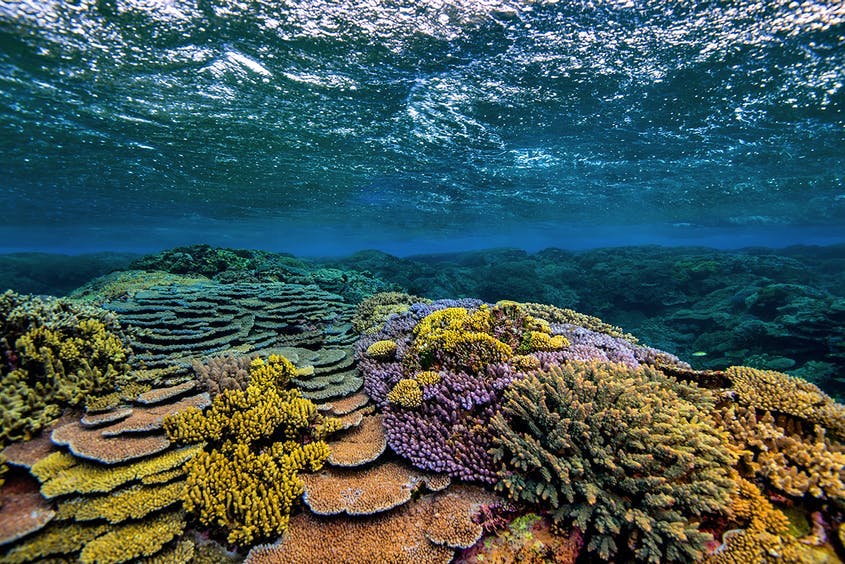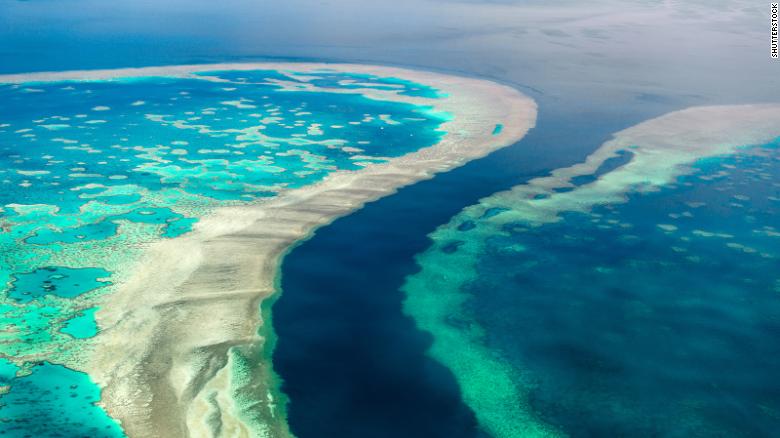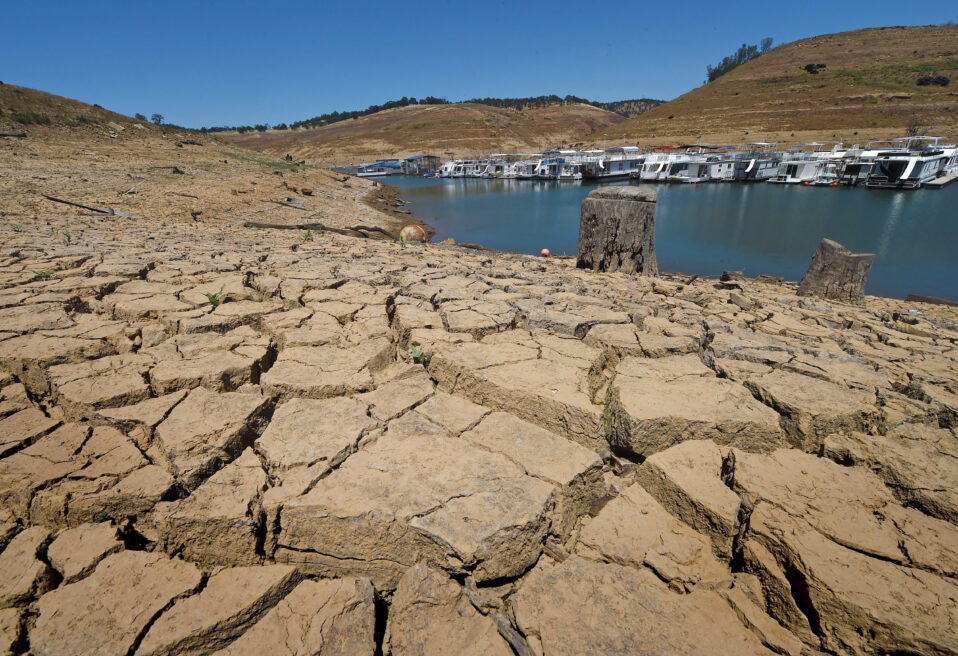Driving and flying are huge contributors to carbon emissions and climate change. So Google is helping users make more informed decisions about how they travel, CNN informs.
The company is releasing features on Google Maps and Google Flights to show how travel plans may contribute to climate change.
Eco-friendly routes
In addition to showing drivers the fastest way to get to their destination, Google Maps will now show the route that’s the most fuel-efficient.
To provide the new feature, Google incorporated data from the US Department of Energy’s National Renewable Energy Laboratory, which estimates that eco-friendly routing has the potential to prevent more than one million tons of carbon emissions from entering the atmosphere per year. That’s the equivalent of removing 200,000 cars from the road, Google claims.
On the Google Maps app, the most eco-friendly route will display with a small green leaf next to it. The route option will include information about how long the trip will take and how much fuel the driver could save.
Options for bikers
It’s no secret that biking is a more eco-friendly travel option than driving, and the use of biking directions on Maps has increased by as much as 98% over the past year, according to Google. The tech company is focusing on tapping into bike riders with a new feature called “lite navigation” that gives cyclists important details about their routes.
This feature is being introduced after Google heard from cyclists who were sick of following turn-by-turn directions on their phones. Bikers tend to tuck their phones away for most of the ride, after all.
With lite navigation, bike riders will be able to see details about their route without needing to keep their screen on or engage turn-by-turn navigation.
Cyclists will also be able to track their trip progress, see their ETA updated in real time and find details about the elevation of their route.
Bike and scooter sharing
In addition to the biking feature, in 300 cities — including Berlin, New York and São Paulo — Google Maps is introducing a feature that will provide more information about bike and scooter sharing. With this new option, Google Maps users will be able to find nearby docking stations and pinpoint how many vehicles are available at that moment.
To make this feature possible, Google is partnering with bike and scooter companies including Europe-based Donkey Republic, Tier and Voi, as well as Bird and Spin, which are based in the US.
Finding flights with fewer carbon emissions
Alongside price and trip duration information, Google Flights users will now be able to see carbon emissions estimates for nearly every flight in the search results. The estimates are “flight-specific” and “seat-specific,” Google said.
“Newer aircraft are generally less polluting than older aircraft,” the company said in its press release. “Emissions increase for premium economy and first-class seats because they take up more space and account for a larger share of total emissions,” Google added.




